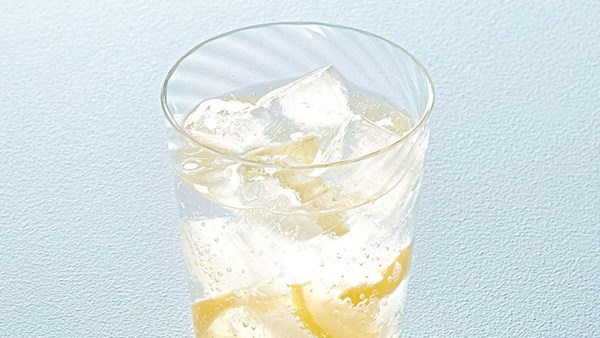Learn the difference between seltzer, club soda, and sparkling mineral water
October 16, 2019 by DarcieWhat is fizzy, non-alcoholic, and can be found in any manner of drinks and foods? If you answered any of the three items listed above, you are correct. Despite their similarities, each of them has its own best use, and Eater is here to explain the differences between them.

The most basic of the three is seltzer, which is nothing more than water that contains dissolved carbon dioxide. It forms the base of most standard carbonated, non-sweetened beverages like LaCroix and similar products. It is the perfect neutral background for a variety of flavors.
Moving up the chain we find club soda, which is seltzer with an education. Specifically, it contains potassium bicarbonate and potassium sulfate in addition to the carbon dioxide. These provide a hit of flavor to an otherwise flavorless beverage, which is why you will often find them in mixed drinks to provide effervescence.
Lastly we come to sparkling mineral water, which is the outdoorsy cousin of the first two. Mineral waters generally get their fizz from different salts, sulfur compounds, and other dissolved minerals naturally present in the water. Carbon dioxide may be added to give it extra bubbles.
You can substitute seltzer and sparkling mineral water in just about any recipe, but since club soda contains additional ingredients you should take that into account before swapping it for the others. Now that you know the differences between them, you can find recipes for all three in the EYB Library:
- Mineral water can be found in recipes for things like Beer-battered onion rings and Flaky pâte brisée pie crust
- Club soda is commonly found in cocktails like Aperol spritz and Sour cherry gin fizz, but it also provides pizzazz in recipes such as Light & fluffy waffles
- Seltzer provides oomph to Tempura asparagus, Banana fritters, and Preserved lemon spritzer (shown above)
Categories
- All Posts (6980)
- Antipasto (2158)
- Author Articles (247)
- Book News (936)
- Cookbook Giveaways (987)
- Cookbook Lovers (257)
- Cooking Tips (111)
- Culinary News (299)
- Food Biz People (553)
- Food Online (794)
- Holidays & Celebrations (275)
- New Cookbooks (151)
- Recipes (1506)
- Shelf Life With Susie (231)
- What's New on EYB (133)
Archives
Latest Comments
- JanaZommer on The Cook and the Gardener – Cookbook Giveaway
- artthecat on Monsoon by Asma Khan – Giveaway
- rkosully on Monsoon by Asma Khan – Giveaway
- rkosully on Sweet Farm by Molly Yeh – Giveaway
- vglong29 on Sweet Farm by Molly Yeh – Giveaway
- MidwesternerTT on Sweet Farm by Molly Yeh – Giveaway
- MidwesternerTT on Sweet Farm by Molly Yeh – Giveaway
- MidwesternerTT on Sweet Farm by Molly Yeh – Giveaway
- helloann on Monsoon by Asma Khan – Giveaway
- ghostndragon on The Cook and the Gardener – Cookbook Giveaway